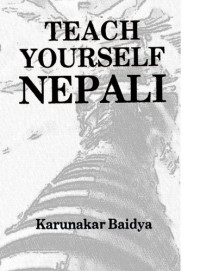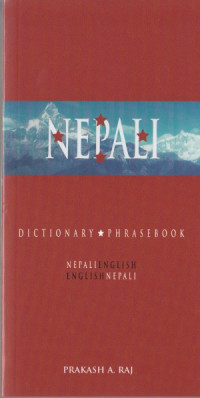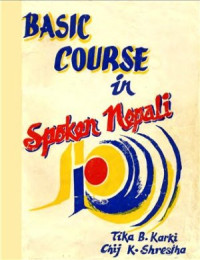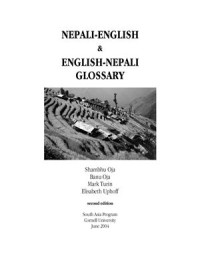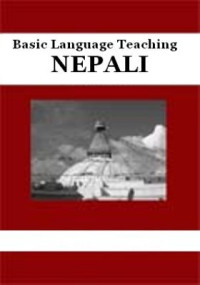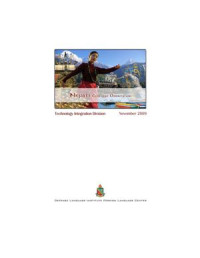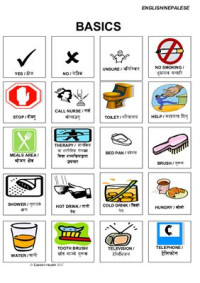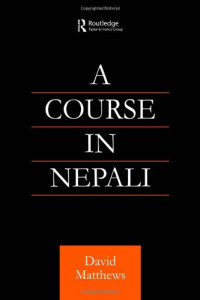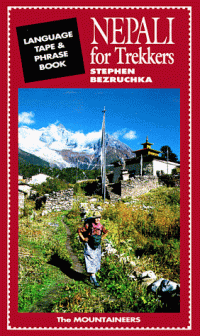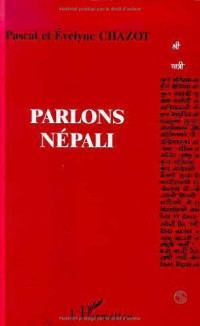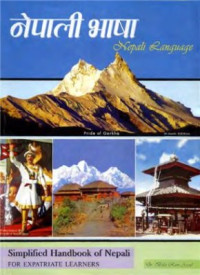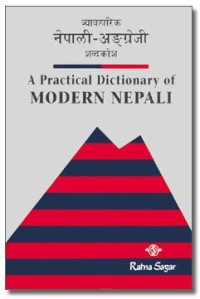
Nepali Manual: Language and Culture
Issa Y., Arredondo B.S., Heather Ballard B.S.
Publisher: Texas State University – San Marcos
Date: 2012
Pages: 21Nepal is considered a multilinguistic country. Their diverse heritage evolved from four major language groups: Indo-Aryan, Tibeto-Burman, Mongolian, and various indigenous languages. According to the 2001 census, there are 92 different living languages spoken in Nepal. The major languages of Nepal include Nepali (69%), Maithili (7%), Bhojpuri (5%), Tharu (3%), Tamang (2%), Gurung (1.5%), Newari/Nepal Bhasa (1%), Magar (1%), Awadhi (1%), Rai (1%), Limbu (1%) and Bajjika (1%).
Nepali is the national language of Nepal and is considered to be its mother tongue. However the number of speakers has fallen from a high of 58.4% (in a population of 15 million) in 1981 to 48.6% (in a population of 23 million) in 2001.
Nepali was brought into the region from the far west by Khas and Rajput immigrants sometime before the 10th century. It is therefore strongest in the western hill regions: in some districts, it is the only language spoken. Since its introduction, the Nepali language and its speakers have moved steadily eastwards, and Nepali is now firmly established as the lingua franca throughout the hills and mountains. The strong relationship between ethnic identity and language, and heightened ethnic awareness in Nepal during the 1990s, have influenced 2001 census returns, but levels of bilingualism with Nepali continue to grow nonetheless.
Date: 2012
Pages: 21Nepal is considered a multilinguistic country. Their diverse heritage evolved from four major language groups: Indo-Aryan, Tibeto-Burman, Mongolian, and various indigenous languages. According to the 2001 census, there are 92 different living languages spoken in Nepal. The major languages of Nepal include Nepali (69%), Maithili (7%), Bhojpuri (5%), Tharu (3%), Tamang (2%), Gurung (1.5%), Newari/Nepal Bhasa (1%), Magar (1%), Awadhi (1%), Rai (1%), Limbu (1%) and Bajjika (1%).
Nepali is the national language of Nepal and is considered to be its mother tongue. However the number of speakers has fallen from a high of 58.4% (in a population of 15 million) in 1981 to 48.6% (in a population of 23 million) in 2001.
Nepali was brought into the region from the far west by Khas and Rajput immigrants sometime before the 10th century. It is therefore strongest in the western hill regions: in some districts, it is the only language spoken. Since its introduction, the Nepali language and its speakers have moved steadily eastwards, and Nepali is now firmly established as the lingua franca throughout the hills and mountains. The strong relationship between ethnic identity and language, and heightened ethnic awareness in Nepal during the 1990s, have influenced 2001 census returns, but levels of bilingualism with Nepali continue to grow nonetheless.
Categories:
Language:
nepali
ISBN 10:
0080448542
ISBN 13:
9780080448541
File:
PDF, 595 KB
IPFS:
,
nepali0
 Amazon
Amazon  Barnes & Noble
Barnes & Noble  Bookshop.org
Bookshop.org  File converter
File converter More search results
More search results More benefits
More benefits 